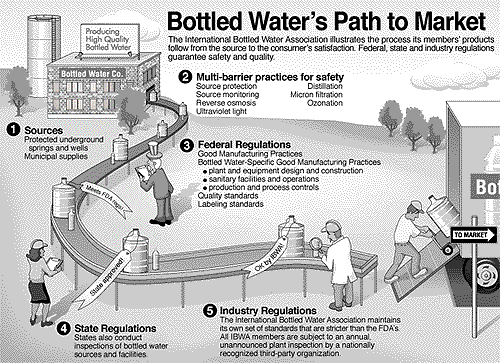|
Water Quality Control
Public Health Engineering/water works/etc, through technical monitoring, surveillance, and enforcement action, is responsible for assuring that quality of drinking water, as distributed by public supply or obtained commercially as bottled water, is in full compliance with Federal, State, and local standards. This task is accomplished by surveillance sampling and performance of water treatment facility inspections. The PHE also assures that the quality of waters used for recreational purposes, at pools and beaches, are constructed and operated in compliance which protect the public health and safety. Water and Wastewater Plans Review Technical Assistance Plumbing Swimming Pool Reviews Public Facility Reviews Institutional Reviews Grants Evaluations Highway Right of Way Approvals Coastal Management and Waterway Approvals Community Sewerage Program On-Site Sewage Technology Evaluation/Approval |
Water Filtration Plant/Water Treatment Plant-Project Report
Maintenance Exercise
Who is responsible for the repair and the maintenance? Who should be contacted? What is their contact information? What are the procedures involved? |

